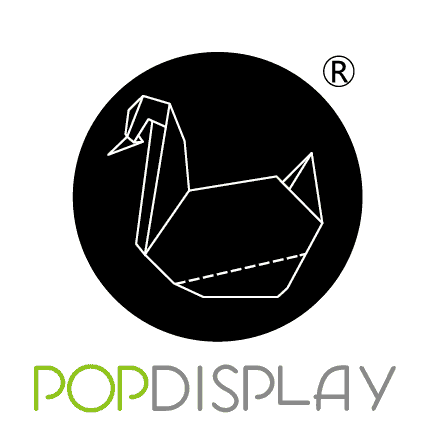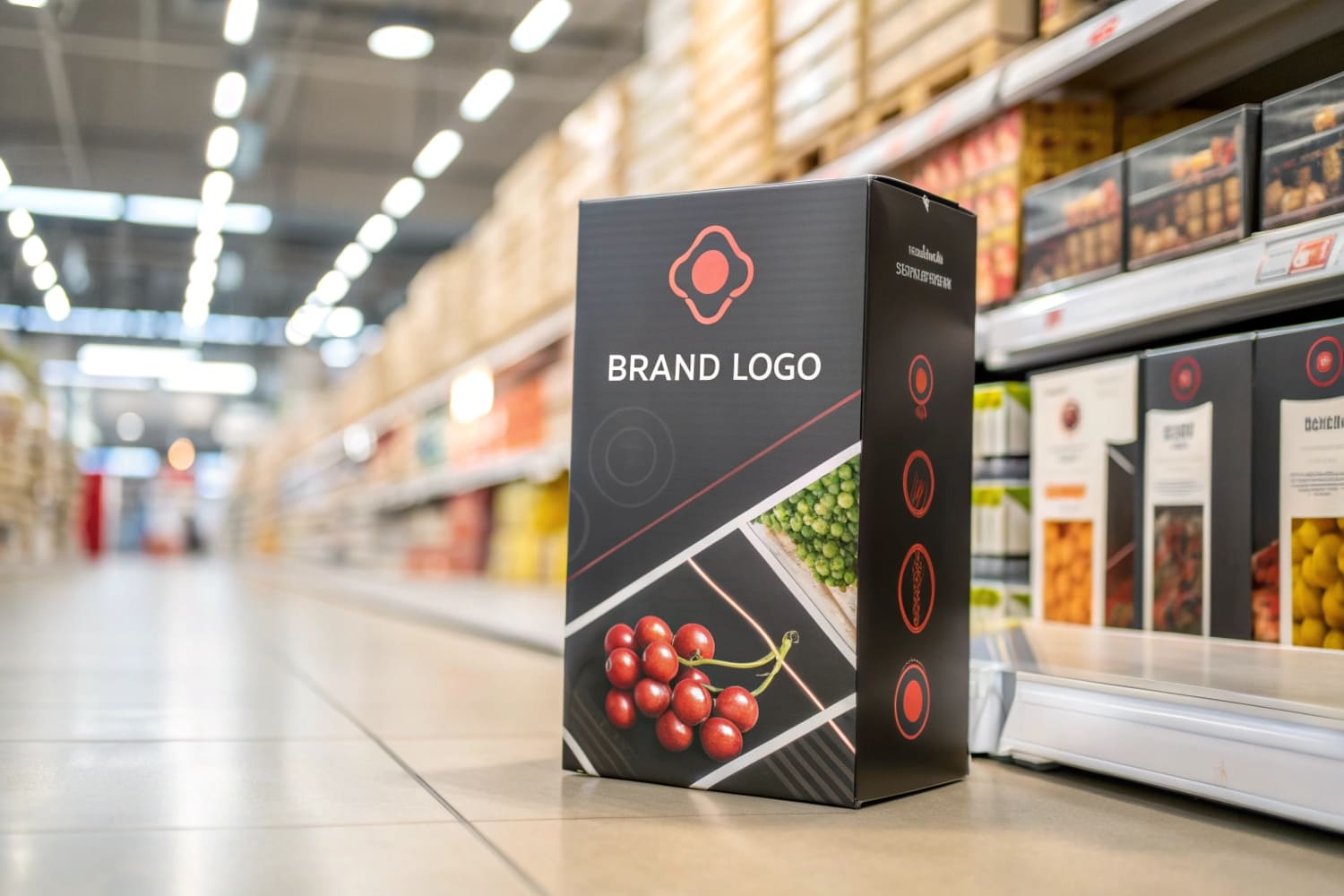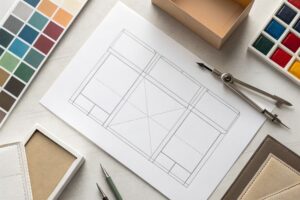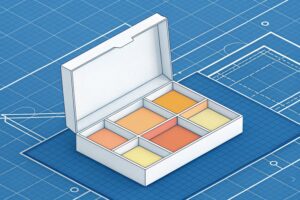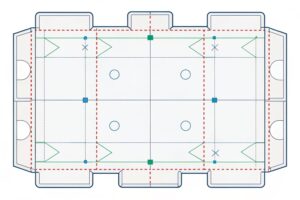I see printed boxes every day in my factory and in stores. I also see them online. I notice how they guide the eye. I notice how they protect products. I notice how they sell without words.
Printed boxes help brands ship safely, display clearly, and sell faster. They protect products, tell stories, and boost visibility in retail and e-commerce. They support custom sizes, fast print runs, and sustainable materials for cost-effective marketing across industries.
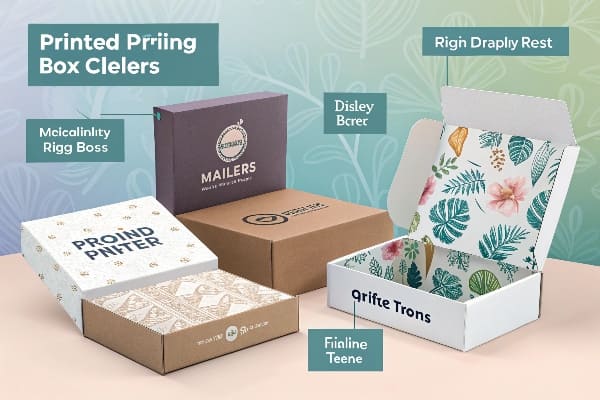
I will show what works and why. I will keep it simple. I will use my own projects to explain each use. I will also point to risks and fixes so teams can act now.
What are cardboard boxes used for?
I use cardboard boxes to move, protect, and display goods. I also use them to grow brands on a budget. Many teams ask me how one box can do so many jobs.
Cardboard boxes are used to ship, store, and display products. They protect items in transit, organize shelves, and present brands at retail. They also enable seasonal launches, PDQ impulse zones, and sustainable packaging with print-ready surfaces.

Where cardboard works best
I focus on roles first. Then I connect each role to a real task and cost.
| Role | Typical Use | Why It Works | Common Risk | Fast Fix |
|---|---|---|---|---|
| Shipping | Outer cartons and inserts | Strong, light, recyclable | Edge crush failure | Upgrade flute or add corner posts |
| Storage | Warehouse bins and trays | Flat-pack saves space | Label confusion | Print large SKU blocks |
| Retail | Shelf-ready trays | Fast restock and tidy look | Tear-open rips face | Add perforation guide |
| PDQ | Counter displays | Drives impulse buys | Tip risk | Widen base, add foot |
| Events | Demo kits | Quick assemble, branded | Moisture damage | Water-resist coating |
I also link boxes to regions. In North America, demand is steady and retail is mature. In Asia-Pacific, growth is fast due to urbanization and e-commerce. In Europe, buyers ask for low-impact inks and fiber. I plan material choices around this. I pick recycled liners1 for EU clients. I pick rugged single-wall for U.S. mass retail. I keep flat-pack for APAC logistics. I learned this during a crossbow launch with a U.S. buyer. We shipped shelf-ready trays2 from Shenzhen. We hit a timeline by using quick digital print for the first 2,000 units. The displays survived freight. The brand hit shelves on time.
What are the benefits of custom boxes?
I hear this question on every first call. People want proof of value. People want speed and quality. People also want clear color and strong edges. I give direct answers.
Custom boxes fit products, carry brand graphics, and cut waste. They improve shelf impact, reduce damage, and speed setup. They support fast digital print, low MOQs, and repeat orders with minor tweaks for lower total cost.
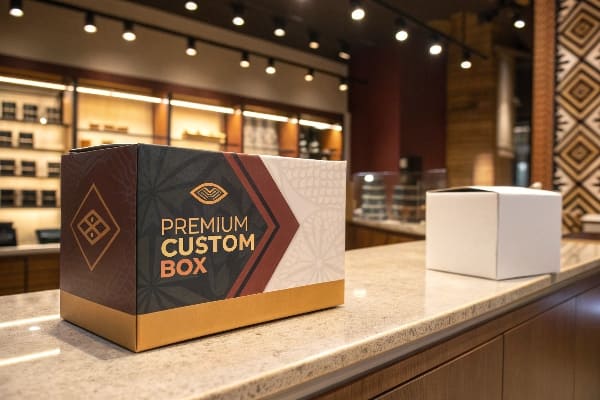
Why custom beats stock
I map benefits to numbers and steps. I also add how I execute in my plant with three lines.
| Benefit | What Changes | Impact on Cost | Impact on Time | Quality Note |
|---|---|---|---|---|
| Fit | Exact dieline | Lower filler | Faster pack | Less crush |
| Brand | CMYK + spot | Higher sell-through | Same-day art swaps | Color targets locked |
| Strength | Flute selection | Fewer returns | Stable pallets | Verified by ECT/BCT |
| Setup | Perfs + tabs | Lower labor | 30–90s assembly | Clear icons |
| Sustainability3 | Recycled fiber | Lower footprint | No delay | Water-based inks |
I run a simple workflow. I start with a concept and a 3D render. I print a sample after approval. I test load and transit. I move to mass only when tests pass. I carry the sample to the line for color targets. I match it under D50 light. I keep changes free until the buyer smiles. This policy costs me a little up front. It wins me repeat orders later. That is my model. I prefer small design changes in reorders. I protect profit with efficiency, not with high first quotes.
I also see new tech help here. Digital print4 supports short runs for seasonal drops. AR markers on boxes add tutorials. Quick-lock bases cut install time for field teams. These simple adds make custom boxes the quiet engine of a launch.
What are boxes used for in packaging?
Many teams split display from packaging. I do not. I think of boxes as the link from warehouse to shelf. I think of them as display packaging that sells and ships.
Boxes in packaging protect items, speed handling, and present products for sale. They combine transit safety with retail-ready design, so one unit ships, opens, and becomes a tidy, branded shelf presence.
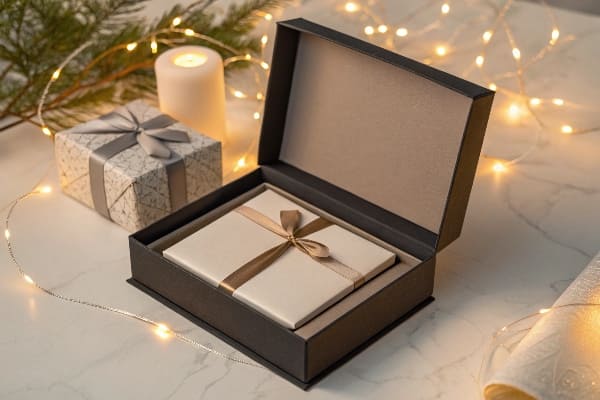
From carton to shelf in one motion
I break packaging roles into a clear chain. Each step uses print to guide action and reduce errors.
| Stage | Box Type | Key Feature | KPI to Watch | Team Owner |
|---|---|---|---|---|
| Fulfillment | Master carton | Scan-ready labels | Picks per hour | 3PL |
| Transit | Corrugated shipper | Edge and corner strength | Damage rate | Logistics |
| Backroom | Shelf-ready case | Easy-open perf | Stock time | Store ops |
| Front of store | Tray or PDQ | Bold header | Unit lift | Merchandising |
| Endcap | Floor display | High capacity | Basket size | Marketing |
I treat packaging print5 as instruction. I use arrows and icons. I add a QR for setup video. I keep the tear strip path clear. I add color cues for sides and shelf orientation. This cuts install time in Walmart or Costco. It matters in Black Friday weeks. One season, I supported a hunting brand with heavy crossbow SKUs. We designed a tray with a locked center rib and a tall header. We printed clear load icons to avoid staff errors. The store teams installed in under two minutes. Sales moved on day one. Returns stayed low because the pack fit tight.
Sustainability also sits here. I keep fiber recycled where possible. I avoid plastic windows unless needed. I pick water-based inks. I design for one-material recycling. Simple choices keep compliance smooth in Europe and welcome in North America.
What were boxes used for?
People often ask about the past to plan the next step. I look back to understand the core jobs. I keep what worked. I swap what failed.
Historically, boxes were used for safe transport, storage, and simple branding. They organized inventory, protected goods in long routes, and carried basic marks for identification and tax or tariff control.

What history teaches me today
I see three stable lessons. Protection comes first. Marks must be clear. Materials follow markets and policy.
| Era | Primary Use | Material Note | Marking Style | Modern Take |
|---|---|---|---|---|
| Early mass retail | Storage and shipping | Heavy board and crates | Stamps and stencils | Today we use barcodes and QR |
| Catalog age | Long-haul transit | Corrugated growth | Printed logos | Now we add color targets |
| Big-box rise | Pallet flow | Standard sizes | UPC dominance | SRP and PDQ formats |
| E-commerce6 | Parcel survival | Edge crush focus | Return labels | Right-size pack and inserts |
I link these lessons to current drivers. Material prices move fast. Tariffs change landed costs. I design to keep value even when inputs shift. I also design for speed. Digital print lets me refresh art for Gen Z taste and keep a green image. I keep my structure simple, like origami logic. Tabs lock. Base spreads weight. Header talks. When policy shifts, like higher import duties on some inputs, I change board mix or flute to stay on budget. I keep load tests strict. I share reports so buyers can trust the results.
I also carry a personal rule from a tough project early in my career. I once shipped a display that looked perfect but failed in a humid aisle. The header curled. The brand manager was kind but firm. I upgraded the coating, added a nano top layer, and retested. The next run held flat for months. Since then, I test moisture and UV for all high-traffic zones. This habit keeps my clients on shelf and off the phone with complaints.
Conclusion
Printed boxes protect, inform, and sell. Custom fit, clear print, and simple setup create speed and trust. I build each box to move smoothly from dock to display.
Discover the advantages of recycled liners for sustainability and cost-effectiveness in packaging solutions. ↩
Explore this link to understand how shelf-ready trays enhance retail efficiency and customer experience. ↩
Exploring this link will provide insights into how sustainability can enhance your packaging strategy and reduce costs. ↩
This resource will explain the advantages of digital print technology, especially for short runs and custom designs. ↩
Explore this link to learn how effective packaging print can enhance product visibility and reduce errors in retail. ↩
Explore this link to discover essential strategies for optimizing E-commerce packaging, ensuring product safety and customer satisfaction. ↩
